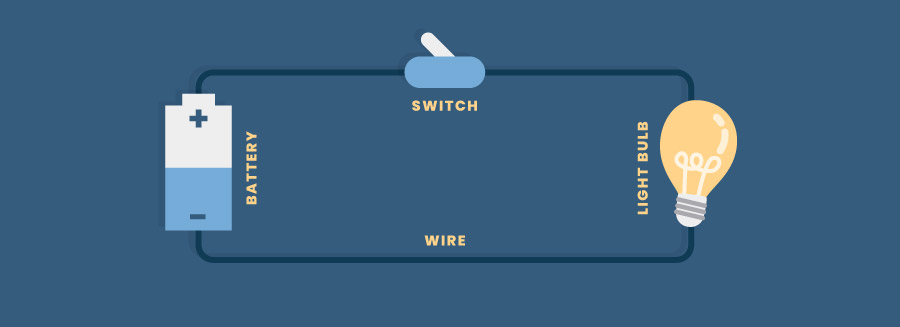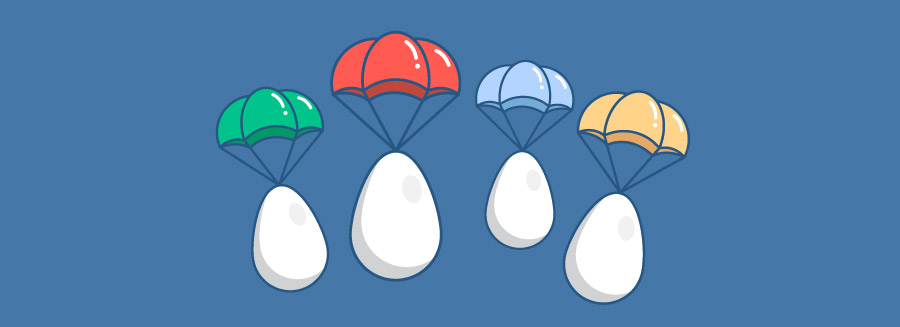I have a confession. Growing up, I didn’t enjoy science. As an adult looking back on my science classes, I can see that I didn’t like it because I couldn’t dig into science as much as I wanted. There wasn’t enough time to explore how science interacts with other subjects and the world around me. There wasn’t time to create or improve something using the scientific concepts we investigated. Instead, we were only given time to follow an experimental procedure to observe how the scientific concepts worked. Once we discovered what the experiment set out to do, we moved on to a different concept. And, as a child, I couldn’t really grasp the connection between the experiment and the real world. Even though we were doing a lot of hands-on experiments in class, it all felt abstract and separated from my everyday experiences. There wasn’t enough time to connect the content to my world, and practice creativity in the science classroom.
We know creativity and problem solving are imperative elements in science. We can spend more time on exercising creativity and practicing real-world problem solving, and still explore the concepts in standards, through making. I’ve listed some ideas below.

1Explore simple machines through the creation of a chain reaction machine.
Give students an opportunity to explore simple machines by making their own complex, chain reaction machine. These machines can be created with a wide variety of materials, and kids really enjoy tinkering with them to get them working. Give students inspiration to build by watching a video like the Lemonade Machine, which is an almost ten-minute-long chain reaction machine that was created throughout an entire home. An incredible resource for this project is the OK Go Sandbox, which is a website created for educators to facilitate STEAM challenges that begin with OK Go music videos. The music video for “This Too Shall Pass” was created with a large-scale chain reaction machine. I found that helpful materials to have for this project include wooden blocks, dominos, various paper/plastic cups, a variety of round objects, tape (duct and/or masking), pool noodles, wooden craft sticks, and anything else you think might be an interesting tool to include. Before giving students time to build, it is important to show them material constraints and give them time to brainstorm and sketch out a plan. I have also found that providing students with a chance to work in groups is most effective for this challenge. Recommended grade levels: 3-12

2Make something useful with circuits.
There are so many fun tools that allow students to dream up their own creative artifacts to build that also explore circuitry. Makey Makey and Chibitronics are two of my favorite tools that give students opportunities to play with circuitry. With Makey Makey, students can investigate conductive materials, create their own piano keys with conductive objects of their choice, build a scoreboard for a game, construct an interactive story, and anything else they can imagine. Chibitronics are circuit stickers that students can use to make bookmarks, light up cards, light up cities, and many other creative projects. You can even have students create their own paper circuit art with conductive tape, a coin cell battery, and some LEDs. No matter what opportunities you give students to experiment with circuitry, it’s important to challenge students beyond just making a circuit. When we take it further and ask students to apply circuitry to create something useful or fun, they see relevance in the concept and how it can connect to something outside of science class. Recommended grade levels: 3-12

3Design a structure that can withstand an earthquake.
Spend some time exploring earthquakes and the impact they can have on a community. Discuss what makes buildings strong and investigate how engineers create structures that can withstand earthquakes. Then, give students an opportunity to create their own structures and test them with a shake table. There are many simple ways to make a shake table like this one outlined in a blog by Engineering is Elementary or this one that uses two textbooks and marbles from Generation Genius. If you are doing this with older students, I recommend purchasing one or making a more complex one. Recommended grade levels: 4-12

4Prototype a solution to a community or world problem.
For more of a project-based learning opportunity, guide students in researching a community and/or global problem, and then prototype a solution for it. Inspire students by reading The Boy Who Harnessed the Wind by William Kamkwamba, A Long Walk to Water by Linda Sue Park, The Bug Girl: Maria Merian’s Scientific Vision by Sarah Glenn Marsh, or Whoosh! Lonnie Johnson’s Super-Soaking Stream of Inventions by Chris Barton. These are all stories of people with inventions that improved the world. Recommended grade levels: 4-12

5Hold an egg-drop challenge to focus on physics.
This is not a new idea, but it is one of my favorite design challenges to present to students. Students (and adults) of all different ages love this project, and it is a great way to bring in physics. When doing this with younger students, I often explore parachutes first. I give them an opportunity to play with different parachute sizes and materials. Then, we create an egg drop using a parachute of their own design. For older students, I often use constraints like, you may only use 4 materials in your design, or you may not use a parachute. One of the most difficult challenges I’ve done is to provide students with only straws and tape to create their structure. Recommended grade levels: 2-12
For more ideas on bringing the world into the classroom, check out my previous blog post, 4 Ways to Bring the Real World into Classrooms.






